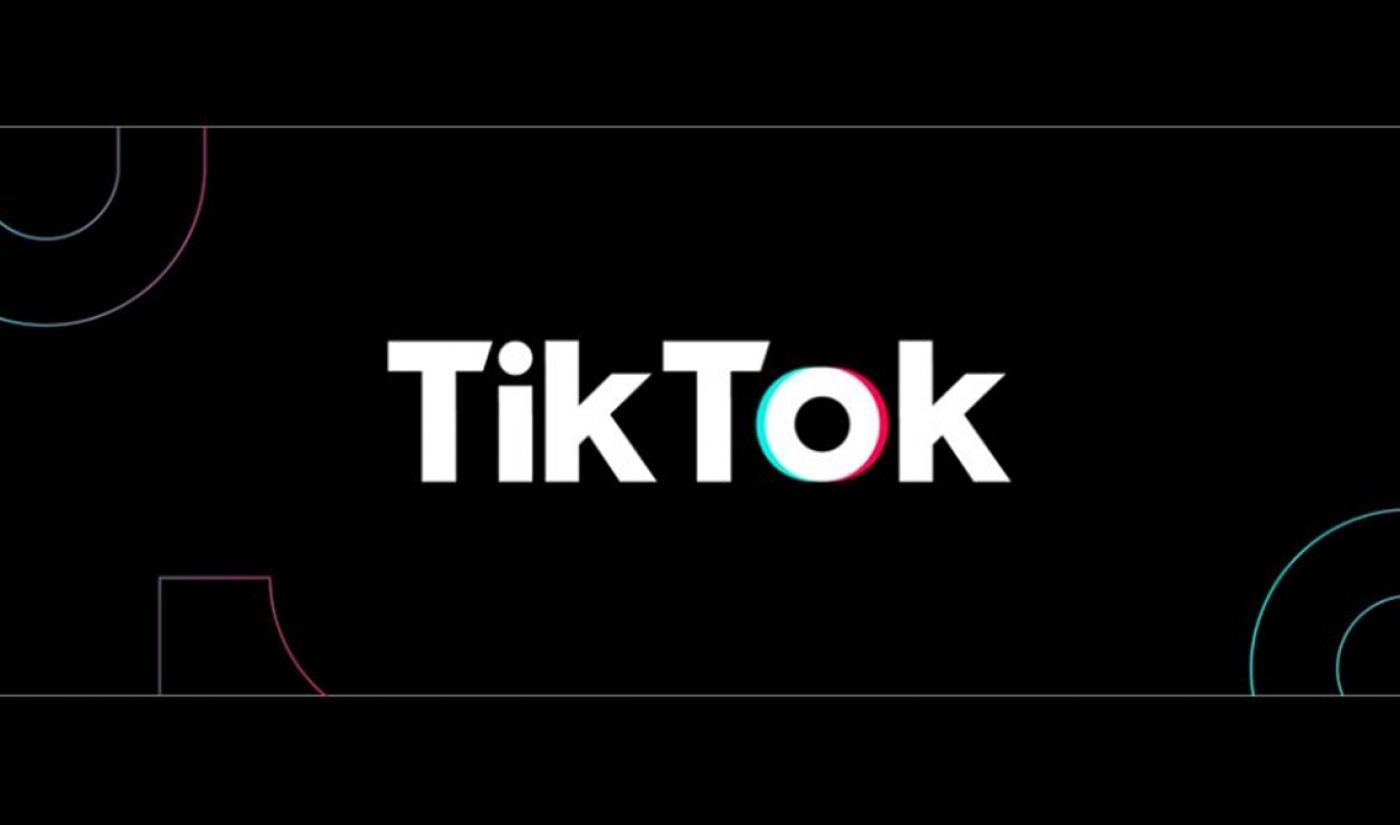TikTok, the Bytedance-owned lip-syncing and short-form video app — known for proliferating quirky memes and user challenges — is weighing new monetization strategies.
According to Digiday, the platform is currently testing ads across the U.S. and Europe, and a handful of stateside users have reported seeing a skippable, five-second spot for GrubHub that appeared not as a video pre-roll, but prior to the overall app launch. Despite the fact that TikTok is only six months old — and relatively early in its lifespan for ad integration — Digiday notes that Musical.ly was shopping ads last summer before being subsumed into TikTok last August.
In addition to its ad tests in America, TikTok also has its sights set on the European market, reports Digiday, which obtained a pitch deck outlining four initial ad products set to be sold there: brand takeover ads, in-feed native video ads (which are fullscreen and skippable, lasting between nine and 15 seconds), hashtag challenge ads, and branded lenses (as popularized by Snapchat all the way back in 2015). According to the deck, TikTok will also offer marketers measurement tools with the assistance of third-party partners like AppsFlyer, Nielsen, and DoubleClick.

Subscribe to get the latest creator news
It remains to be seen, however, how much TikTok ads will cost — though Digiday reports that the company is quoting $10 CPMs (or cost per 1,000 views) — and how much of these revenues TikTok will share with creators.
The pitch deck also breaks down TikTok’s demographics in the U.K. (where it says it has 3.7 million monthly active users), France (4 million), Germany (4.1 million), Spain (2.7 million), and Italy (2.4 million). Digiday reports that TikTok currently counts 800 million monthly active users globally.
Creating a monetization ecosystem is key to the durability of any video platform. On YouTube, for instance, creators are incentivized via ad revenue, whereas Instagram seamlessly lends itself to sponsored posts.
This necessity is evidenced by the downfall of Vine — which, as a purveyor of micro-video, has quite a bit in common with TikTok, and which ultimately shuttered due to its inability to create moneymaking prospects for creators. Given the brevity of both platforms — Vine had a max video length of six seconds, whereas TikTok’s is 15 seconds — it remains to be seen how TikTok will be able to successfully integrate advertising. If it does, however, expect those monthly active user numbers to jump up by a lot.








